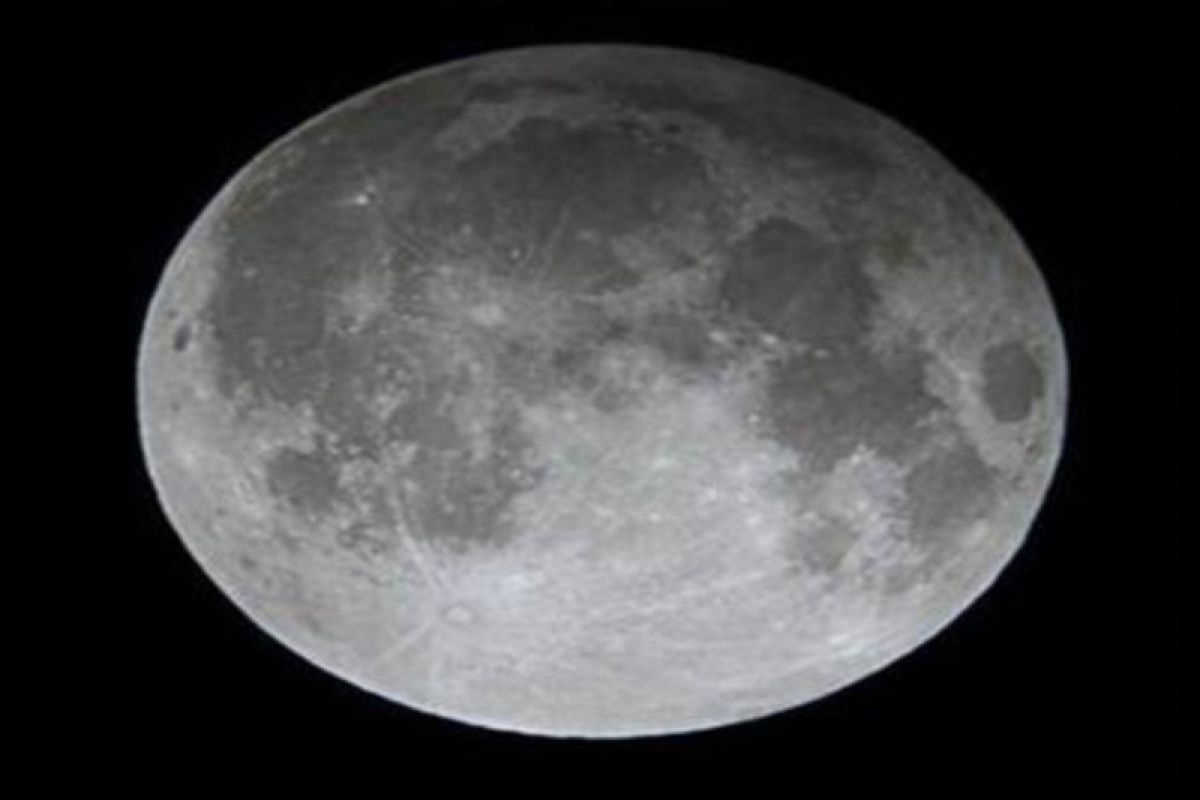"The moon will look dimmer on May 5-6, 2023. This is caused by the penumbral lunar eclipse phenomenon," Acting Deputy for Geophysics of the BMKG Suko Prayitno Adi stated here on Thursday.
Adi noted that a penumbral lunar eclipse occurs when the moon, sun, and earth are precisely aligned, during which the moon only travels through the earth's penumbra or the faint outer part of its shadow.
As a result, when the peak of the eclipse occurs, the moon will appear dimmer than at full moon.
Adi stated that lunar eclipse is a phenomenon wherein the sun's light is blocked by the earth, so not all of it reaches the moon.
"This phenomenon, which is one of the results of the dynamic movement of the positions of the sun, earth, and moon, only occurs during the full moon phase and can be predicted in advance," Adi remarked.
He noted that in 2023, two lunar eclipse phenomena will occur: a penumbral lunar eclipse on May 5-6, 2023, which can be observed from Indonesia and a partial lunar eclipse on October 29, 2023, which will also be visible from Indonesia.
Adi explained that the lunar eclipse begins at 22.12.09 p.m. local time, with the peak of the astronomical event occurring at 00.22.52 a.m. local time and ending at 02.33.36 a.m. local time.
He remarked that the entire process could be seen in most of Asia, Australia, a small part of Africa, and parts of Russia.
"The eclipse process at moonrise can be observed in most of Africa, a small part of Asia, most of Europe, and parts of Russia," he stated.
He noted that this eclipse will not be visible in the US, a small part of Africa, and a small part of Europe.
Related news: Lunar eclipse: BMKG sounds high tide alert in coastal areas
Related news: 'Super blood moon' to be visible on May 26: BMKG
Translator: Zubi Mahrofi, Katriana
Editor: Rahmad Nasution
Copyright © ANTARA 2023












